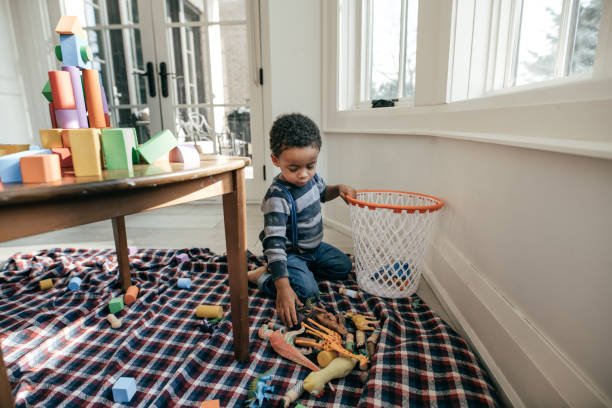Parents everywhere are asking the same thing: “How do I make sure my child is thriving at home?”
The buzz around child devorly at home isn’t just another parenting trend.
It’s about creating an environment where your child learns, grows, and feels safe—all without you losing your mind.
Here’s what you need to know.
What Does “Child Devorly at Home” Even Mean?
Let’s break it down.
Child devorly at home is about how well your child develops socially, emotionally, and mentally within the space you create at home.
Think of your home as a mini-laboratory for life skills.
From learning how to share toys with siblings to figuring out why bedtime matters, every interaction teaches something valuable.

The Real-Life Challenges of Nurturing Child Devorly at Home
Parenting sounds easy until reality sets in.
Here are some common struggles parents face:
- “My kid won’t stop watching TV.”
- “Dinner time feels like a war zone.”
- “Why is bedtime a three-hour ordeal?”
Sound familiar?
You’re not alone.
But good news: These aren’t signs of failure—they’re opportunities to focus on child devorly at home.
Quick Wins to Boost Child Devorly at Home
Let’s cut the fluff and get practical.
Here are some fast and easy tips you can try today:
Create a Daily Routine
Kids thrive on consistency.
Think simple—wake-up times, meals, and quiet time.
When life feels predictable, kids feel secure.
Get Down on Their Level
Whether it’s playtime or a serious talk, make eye contact.
It shows them you’re present and paying attention.
Model Emotional Regulation
Kids watch everything you do.
If you stay calm when things go wrong, they’ll learn to do the same.
Teach Through Play
Board games, puzzles, or even pretend cooking can be great teaching tools.
Fun = learning, and they don’t even realize it.
Say No to Multitasking
Put down your phone during family time.
Quality over quantity matters more when it comes to child devorly at home.
Stories Parents Can Relate To
Sometimes, real-life examples hit harder than advice.
Case #1: The Screen Time Dilemma
Sarah was frustrated. Her 7-year-old spent hours glued to his tablet.
Instead of banning screens altogether, she introduced “tech-free family hours.”
They started playing Uno after dinner, and guess what? Her son actually looked forward to it.
Case #2: The Toddler Meltdown
Mark’s 3-year-old had daily meltdowns.
After trying everything, Mark realized his daughter needed better sleep.
He added 30 minutes of quiet storytime before bed, and the tantrums faded within a week.
Small tweaks can make a big difference.

FAQs About Child Devorly at Home
How do I know if my child is developing well at home?
Pay attention to their behavior.
If they’re curious, communicative, and able to handle small challenges, you’re on the right track.
What if I don’t have much time?
It’s not about hours—it’s about moments.
Even 15 minutes of focused attention can work wonders for your child’s development.
Is screen time always bad?
Not necessarily.
Educational shows and apps can support learning.
Just make sure screen time is balanced with real-world activities.
How can I encourage independence?
Let them try things on their own, even if it’s messy.
Whether it’s tying their shoes or pouring cereal, these small wins build confidence.
What if I mess up?
Relax—you’re human.
Apologize if you lose your cool and show your child how to make things right.
Why Small Changes Matter
The beauty of focusing on child devorly at home is that small changes can have a huge impact.
You don’t need to overhaul your life.
You just need to be intentional about the little things.
5 Resources to Help You Out
- PBS Parents – Packed with kid-friendly learning ideas.
- Zero to Three – Great for understanding early childhood development.
- HealthyChildren.org – A helpful site from pediatric experts.
- Khan Academy Kids – Free learning apps for young kids.
- Parenting Science – Research-backed tips for raising kids.
Final Thoughts on Child Devorly at Home
Focusing on child devorly at home isn’t about being a perfect parent.
It’s about showing up, making small improvements, and creating a safe space for your child to grow.



